landslide
Type of resources
Available actions
Topics
Keywords
Contact for the resource
Provided by
Years
Formats
Representation types
Update frequencies
status
Resolution
-
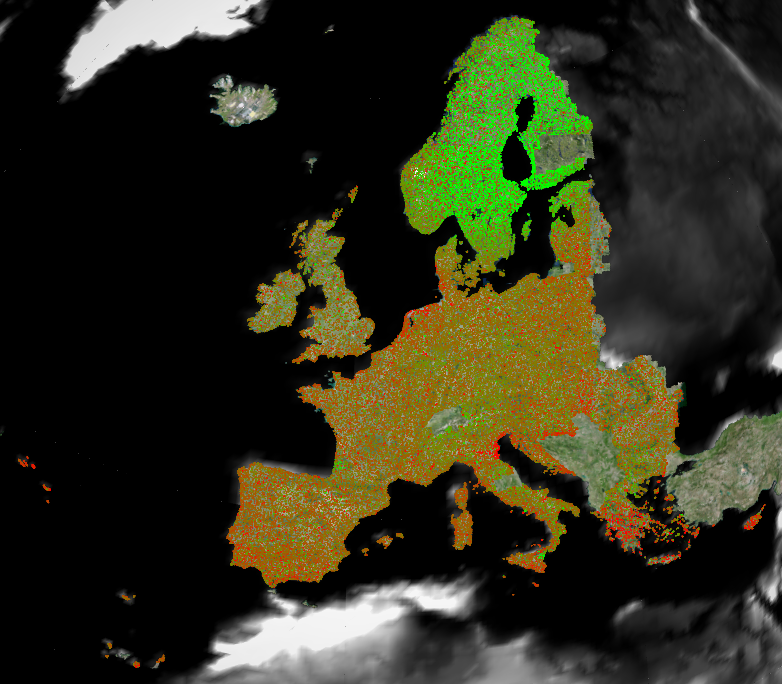
The European Ground Motion Service (EGMS) is a component of the Copernicus Land Monitoring Service. EGMS provides consistent, regular, standardised, harmonised and reliable information regarding natural and anthropogenic ground motion phenomena over the Copernicus Participating States and across national borders, with millimetre accuracy. This set of metadata describes the second product level of EGMS: Calibrated. This product is considered the main EGMS product as it serves the needs of most users. but the measurement points are referenced to a model derived from global navigation satellite system data. Thus, the measurements are not relative anymore and are considered as absolute. The calibrated product makes it possible to compare ground motion measurements from adjacent areas belonging to different products of the same level. EGMS Calibrated is visualised as a vector map of measurement points, colour-coded by average velocity, and distributed to users in comma-separated values format. Each point is associated with a time series of displacement, i.e. a plot with values of displacement per acquisition of the satellite. The product is generated for both ascending and descending orbits.
-
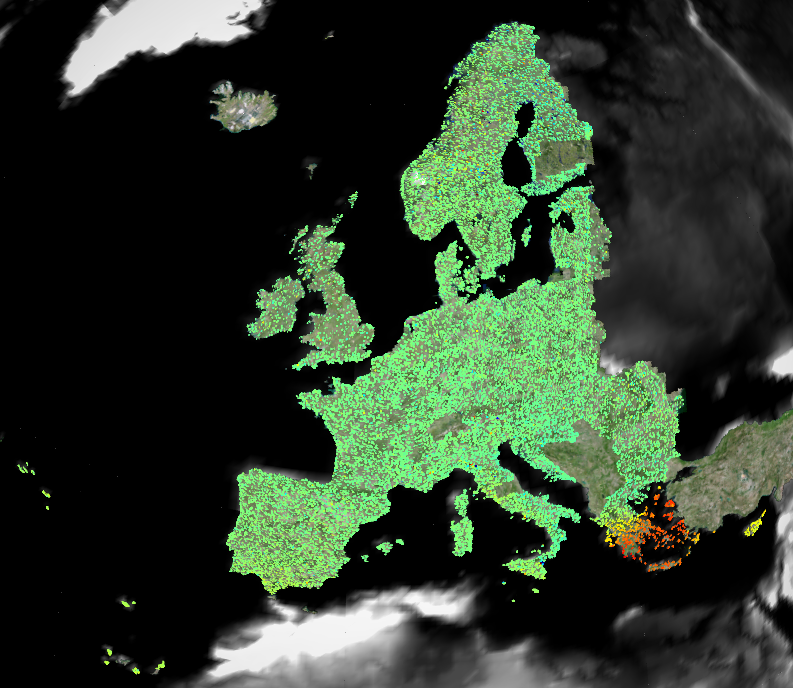
The European Ground Motion Service (EGMS) is a component of the Copernicus Land Monitoring Service. EGMS provides consistent, regular, standardised, harmonised and reliable information regarding natural and anthropogenic ground motion phenomena over the Copernicus Participating States and across national borders, with millimetre accuracy. This set of metadata describes the third product level of EGMS: Ortho. to derive two further layers; one of purely vertical displacements, the other of purely east-west displacements (the one described by this metadata). Both layers are resampled to a 100 m grid. The Ortho product eases the interpretation process of non-experts since the viewing geometry has not to be considered anymore. EGMS Ortho is visualised as a vector map of measurement points colour-coded by average velocity (vertical or east-west components) and distributed to users in comma-separated values format. Each point is associated with a time series of displacement, i.e. a plot with values of displacement per acquisition of the satellite. The product covers the Copernicus Participating States and United Kingdom.
-
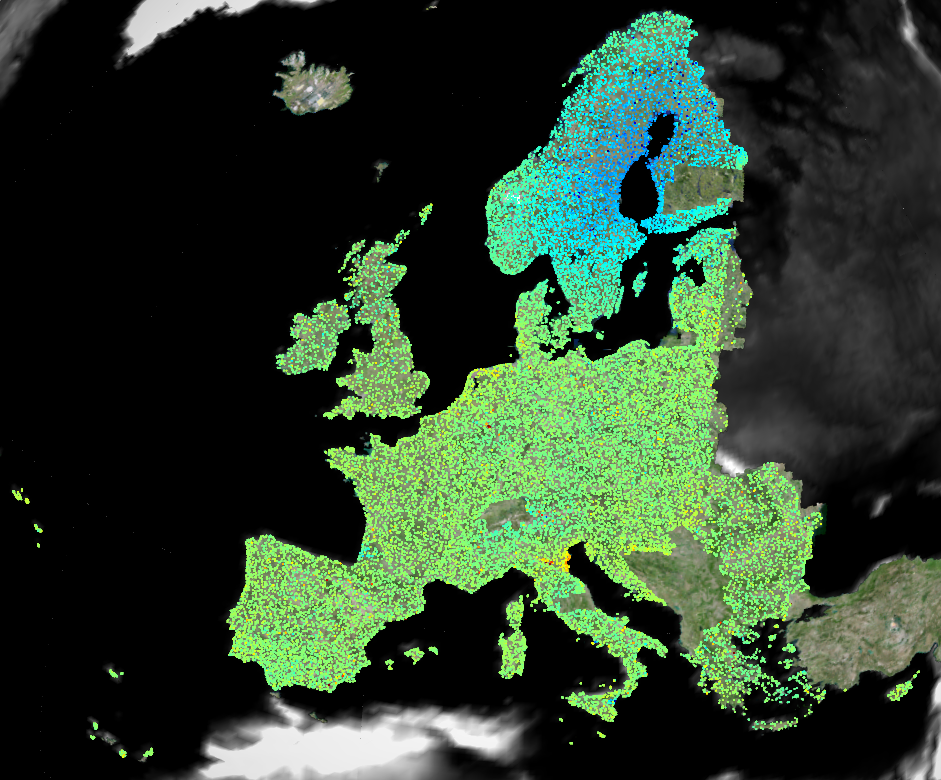
The European Ground Motion Service (EGMS) is a component of the Copernicus Land Monitoring Service. EGMS provides consistent, regular, standardised, harmonised and reliable information regarding natural and anthropogenic ground motion phenomena over the Copernicus Participating States and across national borders, with millimetre accuracy. This set of metadata describes the first product level of EGMS: Basic. The EGMS Basic - provides InSAR displacement data provided in the satellite Line-of-Sight (LOS), with annotated geo-localisation and quality measures per measurement point. This product is generated from the interferometric analysis of Sentinel-1 radar images at full resolution. It contains line of sight velocity maps in ascending and descending orbits with annotated geolocalisation and quality parameters per measurement point. The Basic product is referred to a local reference point; therefore, ground motion measurements are meaningful only within a small subset of the full product. It is not possible to compare deformation from adjacent areas belonging to different processing units of the same level. EGMS Basic is visualised as a vector map of measurement points colour-coded by average line-of-sight velocity and distributed to users in comma-separated values format. Each point is associated with a time series of displacement, i.e. a plot with values of displacement per acquisition of the satellite. The product is generated for both ascending and descending orbits. The processing of the dataset has taken place in the period from March 2024 to October 2024.
-
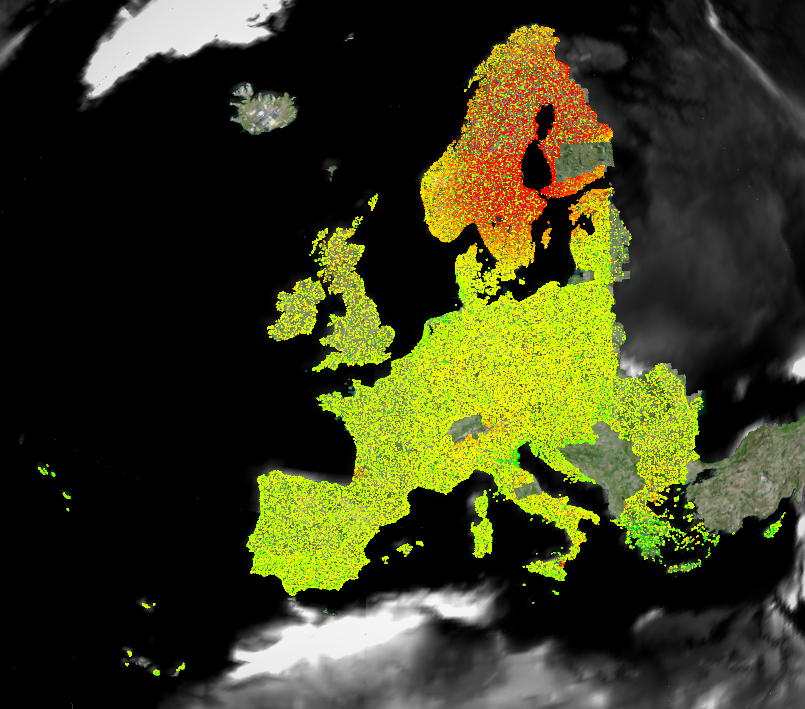
The European Ground Motion Service (EGMS) is a component of the Copernicus Land Monitoring Service. EGMS provides consistent, regular, standardised, harmonised and reliable information regarding natural and anthropogenic ground motion phenomena over the Copernicus Participating States and across national borders, with millimetre accuracy. This set of metadata describes the third product level of EGMS: Ortho. to derive two further layers; one of purely vertical displacements (the one described by this metadata), the other of purely east-west displacements. Both layers are resampled to a 100 m grid. The Ortho product eases the interpretation process of non-experts since the viewing geometry has not to be considered anymore. EGMS Ortho is visualised as a vector map of measurement points colour-coded by average velocity (vertical or east-west components) and distributed to users in comma-separated values format. Each point is associated with a time series of displacement, i.e. a plot with values of displacement per acquisition of the satellite.
-
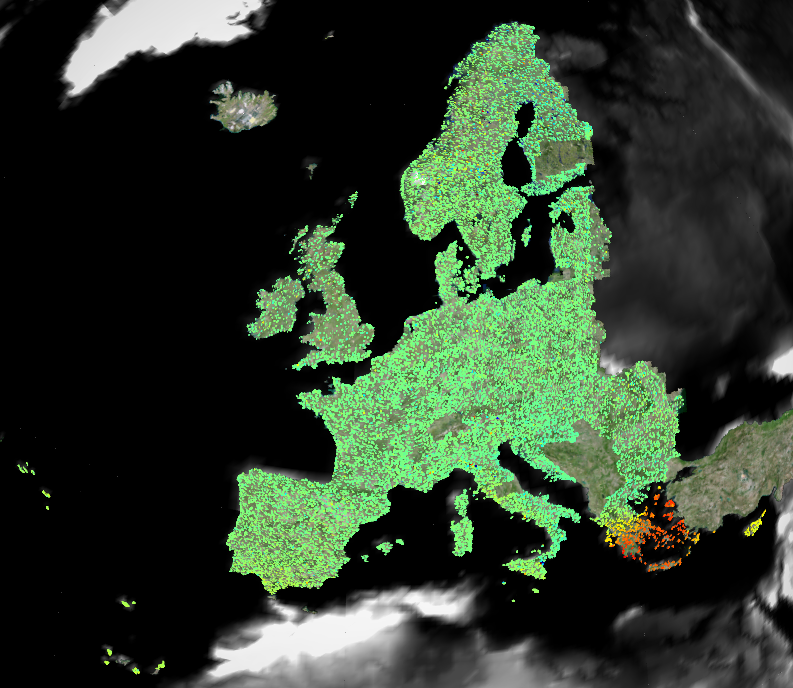
The European Ground Motion Service (EGMS) is a component of the Copernicus Land Monitoring Service. EGMS provides consistent, regular, standardised, harmonised and reliable information regarding natural and anthropogenic ground motion phenomena over the Copernicus Participating States and across national borders, with millimetre accuracy. This set of metadata describes the third product level of EGMS: Ortho. to derive two further layers; one of purely vertical displacements, the other of purely east-west displacements (the one described by this metadata). Both layers are resampled to a 100 m grid. The Ortho product eases the interpretation process of non-experts since the viewing geometry has not to be considered anymore. EGMS Ortho is visualised as a vector map of measurement points colour-coded by average velocity (vertical or east-west components) and distributed to users in comma-separated values format. Each point is associated with a time series of displacement, i.e. a plot with values of displacement per acquisition of the satellite. The product covers the Copernicus Participating States and United Kingdom.
-
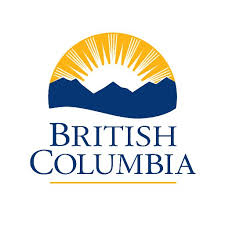
Species Distribution Modeling (SDM) and Wildlife Habitat Ratings (WHR) project boundaries contains (study areas) and attributes describing each project (project level metadata), plus links to the locations of other data associated with the project (e.g. reports, WHR polygon datasets, plotfiles). SDM predicts the suitability of different environments for occupation by particular species, and the likelihood that those suitable habitats are occupied. WHR are also known as wildlife habitat interpretations and most commonly use TEM data as a means to identify specific habitats. This layer is derived from the STE_TEI_PROJECT_BOUNDARIES_SP layer by filtering on the PROJECT_TYPE attribute. Project types include: WHR, SDM, PEMWHR, PEMSDM, TEMWHR, TEMSDM, TEMPRW, NEMPRW, TEMSEW, BEIWHR, BEISDM, SEIWHR, SDM, and SOILSW. Current version: v11 (published on 2024-10-03) Previous versions: v10 (published on 2023-11-14), v9 (published on 2023-03-01), v8 (published on 2016-09-01)
-

SEI_Polygons contains Sensitive Ecosystems Inventory polygons with key and amalgamated (concatenated) attributes derived from the RISC (Resource Inventory Standards Committee) standard attributes. SEI identifies and maps rare and fragile terrestrial ecosystems. Ecosystems mapped may include (but are not limited to) older forests, woodlands, coastal bluffs, herbaceous and sparsely vegetated ecosystems, grasslands, riparian ecosystems and wetlands. SEI methods include manual air photo interpretation or theming of other Ecosystem Mapping, each supported by selective field checking. This layer is derived from the STE_TEI_ATTRIBUTE_POLYS_SP layer by filtering on the PROJECT_TYPE attribute. Project types include: SEI, TEMSEI, TEMSET, and SEIWHR. Current version: v11 (published on 2024-10-03) Previous versions: v10 (published on 2023-11-14), v9 (published on 2023-03-01), v8 (published on 2016-09-01)
-

Terrestrial Ecosystem Mapping (TEM) project boundaries contains (study areas) and attributes describing each project (project level metadata), plus links to the locations of other data associated with the project (e.g., reports, polygon datasets, plotfiles, field data, legends).TEM divides the landscape into units according to a variety of ecological features including climate, physiography, surficial material, bedrock geology, soils and vegetation. This layer is derived from the STE_TEI_PROJECT_BOUNDARIES_SP layer by filtering on the PROJECT_TYPE attribute. Project Types include: TEM, NEM, TEMNSS, NEMNSS, TEMPRE, NEMPRE, TEMSEI, TEMSET, TEMTSM, TEMWHR, TEMSDM, TEMPRW, NEMPRW, and TEMSEW. Current version: v11 (published on 2024-10-03) Previous versions: v10 (published on 2023-11-14), v9 (published on 2023-03-01), v8 (published on 2016-09-01)
-

STE_TEM_ATTRIBUTE_POLYS_SVW contains Terrestrial Ecosystem Mapping (TEM) polygons with key and amalgamated (concatenated) attributes derived from the RISC (Resource Inventory Standards Committee) standard attributes. TEM divides the landscape into units according to a variety of ecological features including climate, physiography, surficial material, bedrock geology, soils and vegetation. TEM methods include manual air photo interpretation supported by selective field checking. This layer is derived from the STE_TEI_ATTRIBUTE_POLYS_SP layer by filtering on the PROJECT_TYPE attribute. Project types include: TEM, NEM, TEMNSS, NEMNSS, TEMPRE, NEMPRE, TEMSEI, TEMSET, TEMTSM, TEMWHR, TEMSDM, TEMPRW, NEMPRW, and TEMSEW. Current version: v11 (published on 2024-10-03) Previous versions: v10 (published on 2023-11-14), v9 (published on 2023-03-01), v8 (published on 2016-09-01)
-

STE_SCANNED_MAP_BOUNDARY_SP includes an index of the mapsheet grid location of Soils, Terrain, Ecosystems and related scanned maps (including Agriculture Capability and Climate Capability maps). These maps are intended for on-screen viewing or printing. The majority of the maps have been geo-referenced. Mapping may not cover the whole map grid area. Some maps are interim or draft and may have been superseded. Some files are of related legends and map project text. Associated scanned map boundary attributes describe the project map (project level metadata) and provide a link for downloading the map, plus links to related reports, geo-referenced maps, and GIS digital data available from other sources. ATTENTION - The IMAGE_URL link is only useable by BC government staff. Public users can download the scanned maps by using the ECOCAT_URL link. There is no charge for the scanned map files. Please note that some maps and more recent mapping may also be available in digital GIS format. See - Ecosystem and Terrain Mapping Data Inventory.
 Arctic SDI catalogue
Arctic SDI catalogue